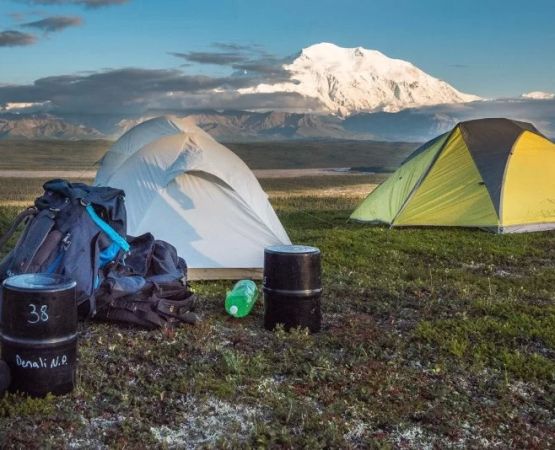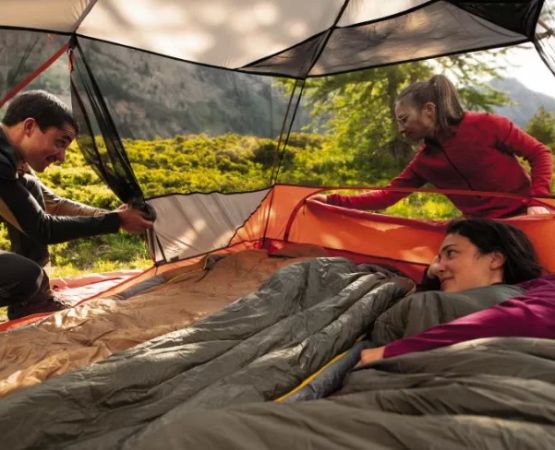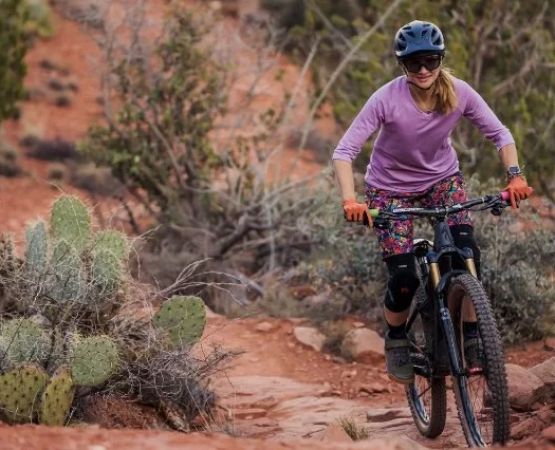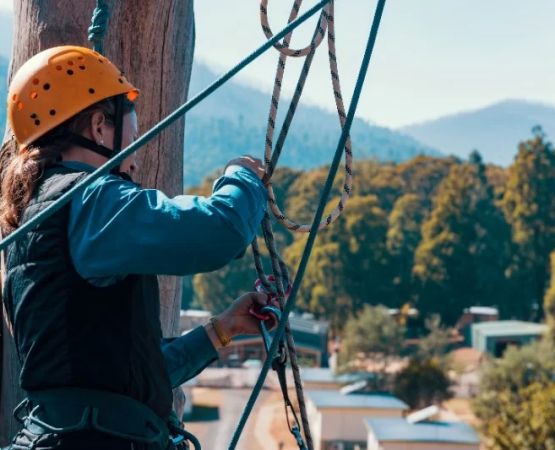- understanding-different-types
- real-camping-scenarios
- benefits-and-drawbacks
- how-to-choose
- expert-recommendations
1. Understanding Different Types of Sleeping Pad Inflation Systems
When you're outdoors, your sleeping pad can be the difference between a restful night or sore hips at sunrise. But the pad itself is only part of the equation—the inflation system matters just as much. Choosing the right sleeping pad inflation system depends on where you're camping, how much gear you carry, and how much effort you're willing to put in at the end of a long day.
1.1 There are generally three categories to consider:
- Manual (mouth or pump sack)
- Self-inflating (foam core expands)
- Electric or battery-powered pumps
2. Real Camping Scenarios Where Inflation Matters
2.1 Sarah, a solo backpacker in Oregon’s Three Sisters Wilderness, found her pump sack unreliable after a rainy day drenched the inside. She switched to a compact USB-rechargeable inflator and never looked back.
2.2 At Pine Cliff Resort’s lakeside platform campsites, many families prefer self-inflating pads to avoid managing bulky gear or loud electric motors. These pads save time during setup, especially after long paddling trips or hikes.
These stories show that choosing the right sleeping pad inflation system depends on your real-world use—not just product specs.
3. Benefits and Drawbacks of Each Inflation System
3.1 Manual systems are lightweight and fail-proof but require effort. After a strenuous trek, inflating a pad by mouth can be exhausting, especially at high elevations.
3.2 Self-inflating sleeping pads offer a balance between convenience and comfort. However, they often take up more pack space and may still require a few breaths to top off.
3.3 Electric pumps are fast and require the least effort but need batteries or charging. Their use may be limited in remote locations or eco-sensitive areas like those near Pine Cliff Resort’s remote cliffside sites, where minimal noise is essential.
4. How to Choose the Right Sleeping Pad Inflation System for Your Needs
4.1 Consider your trip type: Are you car camping, backpacking, or bikepacking? For example, car campers at Pine Cliff Resort can afford heavier, more luxurious options like full electric pumps or hybrid pads.
4.2 Evaluate weather and terrain: High humidity or cold conditions can affect foam core performance in self-inflating pads, while manual systems may freeze or be uncomfortable to operate with gloves.
4.3 Think about volume and efficiency: If you're moving camp every night, a fast inflation system saves precious time and energy—particularly useful during multi-day tours through forest or alpine terrain.
5. Expert Recommendations and Where to Find the Best Gear
5.1 Many outdoor experts suggest keeping a backup method—even if you're relying on an electric pump. Redundancy is key, especially in unpredictable environments.
5.2 At Pine Cliff Resort’s gear shop and guide station, experienced campers often recommend hybrid pads that include both self-inflating cores and optional external pumps, giving flexibility for different routes and energy levels.
5.3 If you’re unsure which sleeping pad inflation system is best for your adventure, visit Pine Cliff Resort. Their seasoned team provides advice tailored to your specific trail, weather forecast, and comfort level.







